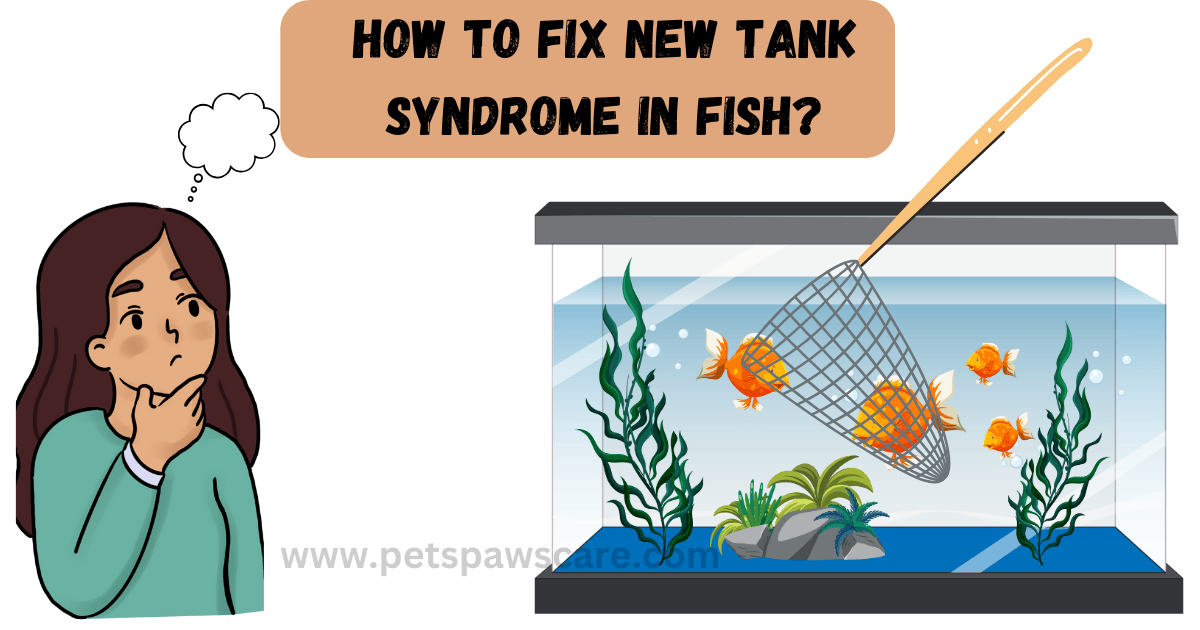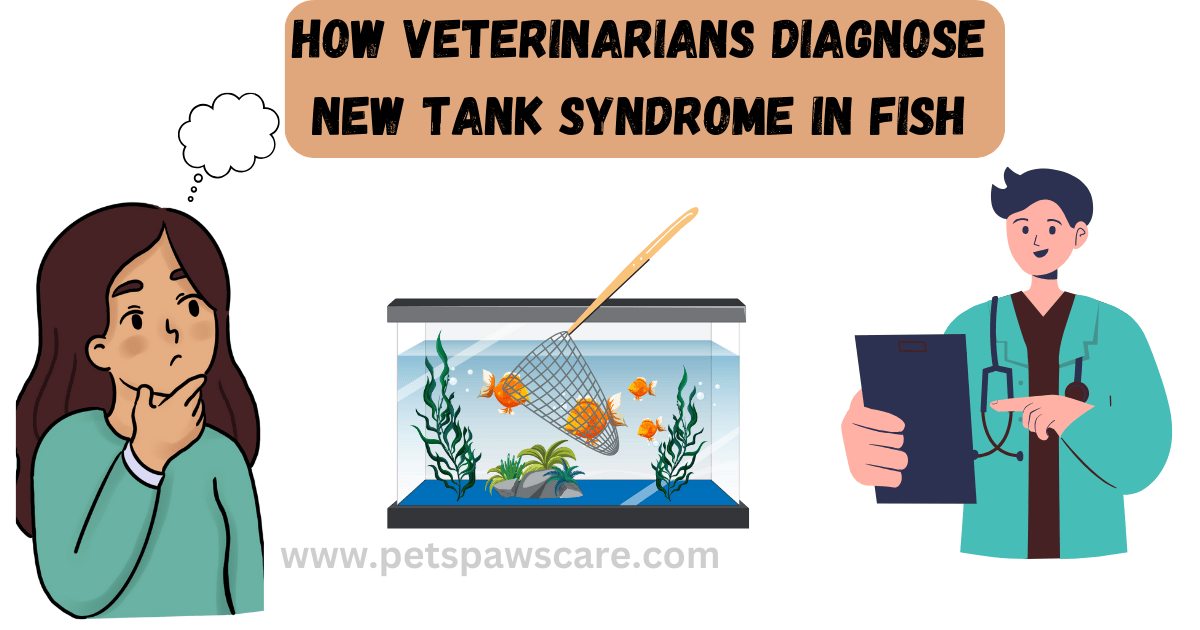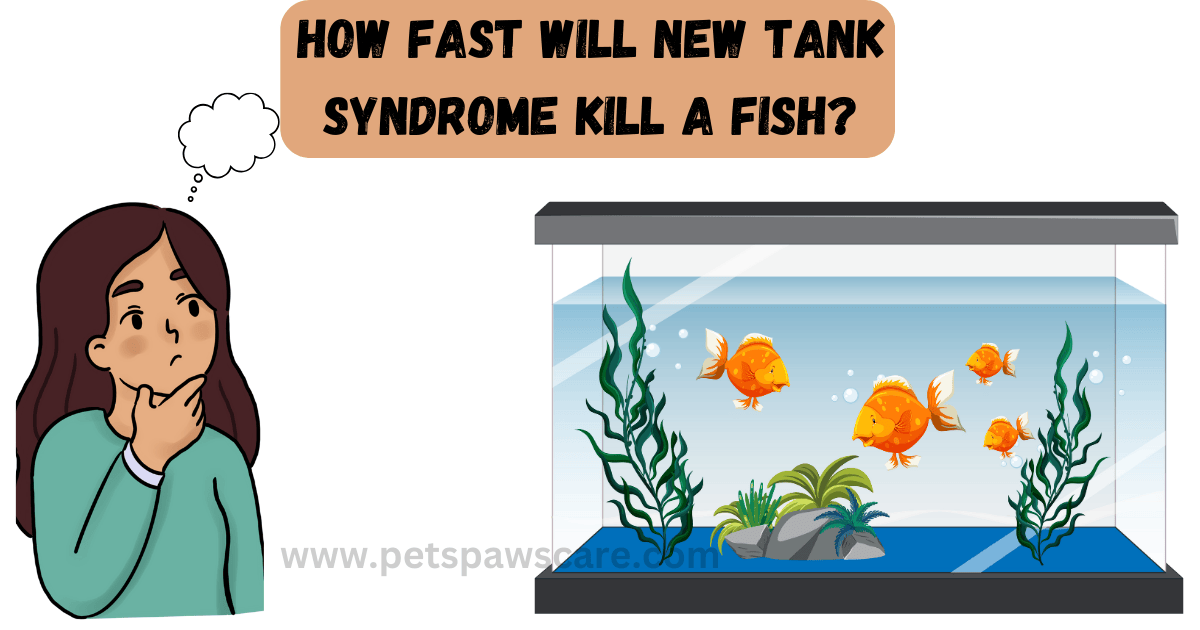What is New Tank Syndrome?
New Tank Syndrome is the most common cause of death in fish, especially in new fish tanks or a new aquarium. It occurs when the biological filtration isn’t fully established, as the beneficial bacteria in the tank’s system haven’t yet developed to convert toxic fish waste into safer products like nitrate. It typically takes four to six weeks for the filtration to become mature, leaving the tank at risk for an invisible build-up of harmful compounds like ammonia and nitrite. Regular basic water tests are needed to identify these issues before they cause the fish to die.
During the first two months, the filter is still maturing, and the full population of friendly bacteria hasn’t yet established itself to properly process the waste produced by your fish. If left unchecked, the problems caused by the nitrogen cycle can become overwhelming, resulting in frustration as fish begin to die. By regularly monitoring water parameters and taking preventive steps, you can minimize or avoid the harmful effects of New Tank Syndrome and protect your lovely fish from this extremely common issue.
Can New Tank Syndrome kill fish?
New Tank Syndrome can create a toxic environment in the aquarium, leading to a combination of high ammonia and nitrite levels, which causes poor water quality and weakens the fish’s immune system. If not treated quickly, the stress this places on the fish can be fatal. Fish may show symptoms like gasping for air at the surface of the water, lethargy, and rapid gill movements. It’s important to notice these symptoms early and act quickly to treat the situation before it becomes deadly.
Signs of New Tank Syndrome in Fish
Fish that are experiencing New Tank Syndrome often exhibit clear warning signs. You may notice lethargy, a decreased appetite, or an increased slime coat on their bodies, which can sometimes give a cloudy appearance. In more serious cases, the water may become cloudy or even foul-smelling. Larger fish tend to show clinical signs more quickly, as their larger gills are exposed to more toxins. Different species have different tolerances to changing water parameters, which can predispose some fish to become sicker faster than others.
People Also Read: Do Goldfish Eat Mosquito Larvae?
Causes of New Tank Syndrome in Fish
New Tank Syndrome happens because of the lack of biological filtration in aquatic systems. In a new fish tank, there aren’t enough beneficial bacteria living in the tank substrate and filtration to convert the primary fish waste like ammonia and nitrite into nitrate, which is relatively safe for fish. It takes four to six weeks for the biological bacteria to build up to a level where they can properly handle the fish’s waste. During this time, the tank is cycling, and you’ll notice a progression in water tests from an ammonia spike to nitrite, then to nitrate.
How To Fix New Tank Syndrome In Fish?

The best treatment for New Tank Syndrome is regular water changes and patience. Avoid ammonia-binding products as they can stall the tank filtration by starving the beneficial bacteria. The best method is removing water and replacing it with treated tap water, bottled water, or balanced reverse osmosis water to prevent the tank from becoming too toxic. Check water chemistry daily, and never replace more than 50% of the total volume during the first four to six weeks while monitoring for ammonia, nitrite, and nitrate levels.
Types Of New Tank Syndrome
New Tank Syndrome typically refers to issues that arise in a newly set up aquarium, mainly due to the nitrogen cycle not being fully established. Here are the key types or stages of New Tank Syndrome:
1. Ammonia Spike
- When a new tank is set up, fish waste and uneaten food produce ammonia. In the early stages, there aren’t enough beneficial bacteria to break it down, leading to dangerous ammonia levels that can harm or kill fish.
2. Nitrite Build-Up
- After ammonia, beneficial bacteria begin converting ammonia into nitrites. However, during this stage, nitrite levels can spike because the second type of bacteria (which converts nitrites to nitrates) hasn’t fully developed. Nitrite poisoning can lead to fish stress, gill damage, or death.
3. Nitrate Accumulation
- Nitrates are less harmful than ammonia and nitrites, but they can still become problematic in high concentrations. If nitrate levels are too high, fish can become stressed, and algae blooms may occur, impacting the overall health of the aquarium.
4. Bacterial Bloom
- During the initial phase of New Tank Syndrome, cloudy water caused by bacterial blooms may occur as bacteria multiply rapidly. This can indicate an imbalance but usually resolves as the nitrogen cycle stabilizes.
5. pH Fluctuations
- New tanks often experience pH instability as water chemistry fluctuates. This can lead to fish stress and weaken their immune systems, making them more susceptible to diseases.
6. Oxygen Deficiency
- In the early stages, the buildup of toxic substances like ammonia and nitrites can lead to lower oxygen levels in the tank, especially if aeration is insufficient, potentially causing suffocation for fish.
7. Algae Outbreak
- High nitrate levels in a new tank can trigger rapid algae growth, leading to unsightly conditions and competition for oxygen in the water, negatively affecting fish health.
These stages or types of New Tank Syndrome highlight the importance of properly cycling a tank before adding fish to avoid stress and potential fatalities
How Veterinarians Diagnose New Tank Syndrome in Fish

New Tank Syndrome is easily diagnosed by looking at the history of the tank and conducting basic water quality testing. If the tank filter is brand new, recently replaced, or has been left dry and without oxygen, these are common signs. Water quality tests should be performed at home, testing for ammonia, nitrite, and nitrate levels. If the results show high ammonia, minimal nitrite, and no nitrate, it confirms the syndrome. A sudden change in the water’s pH or a pH swing can cause the bacterial colonies to die and lead to a build-up of ammonia, confirmed by a pH test.
Recovery and Management of New Tank Syndrome in Fish
To recover from New Tank Syndrome, perform an immediate 50% water change to reduce ammonia levels. Test the water chemistry regularly, including nitrite levels, and adjust with filtered, bottled, or reverse osmosis water. Monitor the tank daily, managing the pH and ensuring the fish get enough protein for energy. Don’t take shortcuts, as proper water changes and managing the nitrogen cycle are key to keeping your fish healthy.
Preventing New Tank Syndrome
The best way to prevent New Tank Syndrome is to start your fish tank with a small percentage of the total amount of fish you plan to add. You can steal already established filter media from another system with similar species, or by starting with fewer fish and slowly increasing their number. This allows the filter to establish gradually and ensures it does not cause an ammonia spike.
Some People Discussing New tank Syndrome issue on reddit. Here is the question with answers.
Question: Please help! First tank, populated it yesterday. I think the ‘new tank syndrome’ is causing them to suffocate? See captions. I need advice for adding oxygen / getting the nitrites out safely in this startup period.
Answer 1:
Did you cycle the tank before adding the fish? If not you may need to do a fish in cycle now. Are you testing the water for ammonia and nitrites? Do a big water change straight away and test every day. When you detect ammonia or nitrite the do another water change.
Answer 2:
It sounds like you didn’t cycle the tank first, you’ll have to do it with the fish now and that’s tricky.
Answer 3:
Well, you already have a test kit so you’re on the right path. Basically cycling is letting your tank build up enough good bacteria to kill the bad bacteria. The process is ammonia>nitrites >nitrates. Test your tank every day and do small water changes whenever the ammonia is high. That’s why it’s tricky. Ammonia will kill your fish but you need the ammonia to start the cycle. It will take at least a month. It’s definitely doable, just tricky.
FAQs
Can new tank syndrome kill fish?
Yes, New Tank Syndrome can be deadly for fish due to high levels of toxic ammonia and nitrite in the water, which occur before the biological filtration is fully established.
How long does it take for shock to kill a fish?
Fish can die from shock within a few hours to a couple of days, depending on the severity of the temperature or w ater chemistry change.
Why are my fish dying in my new tank?
Fish in a new tank may be dying due to New Tank Syndrome, where high levels of ammonia and nitrite build up because the filtration system hasn’t matured enough to handle the waste.
How long does it take to condition a new fish tank?
It typically takes four to six weeks to fully condition a new fish tank, allowing the biological filtration to establish and safely process fish waste.
